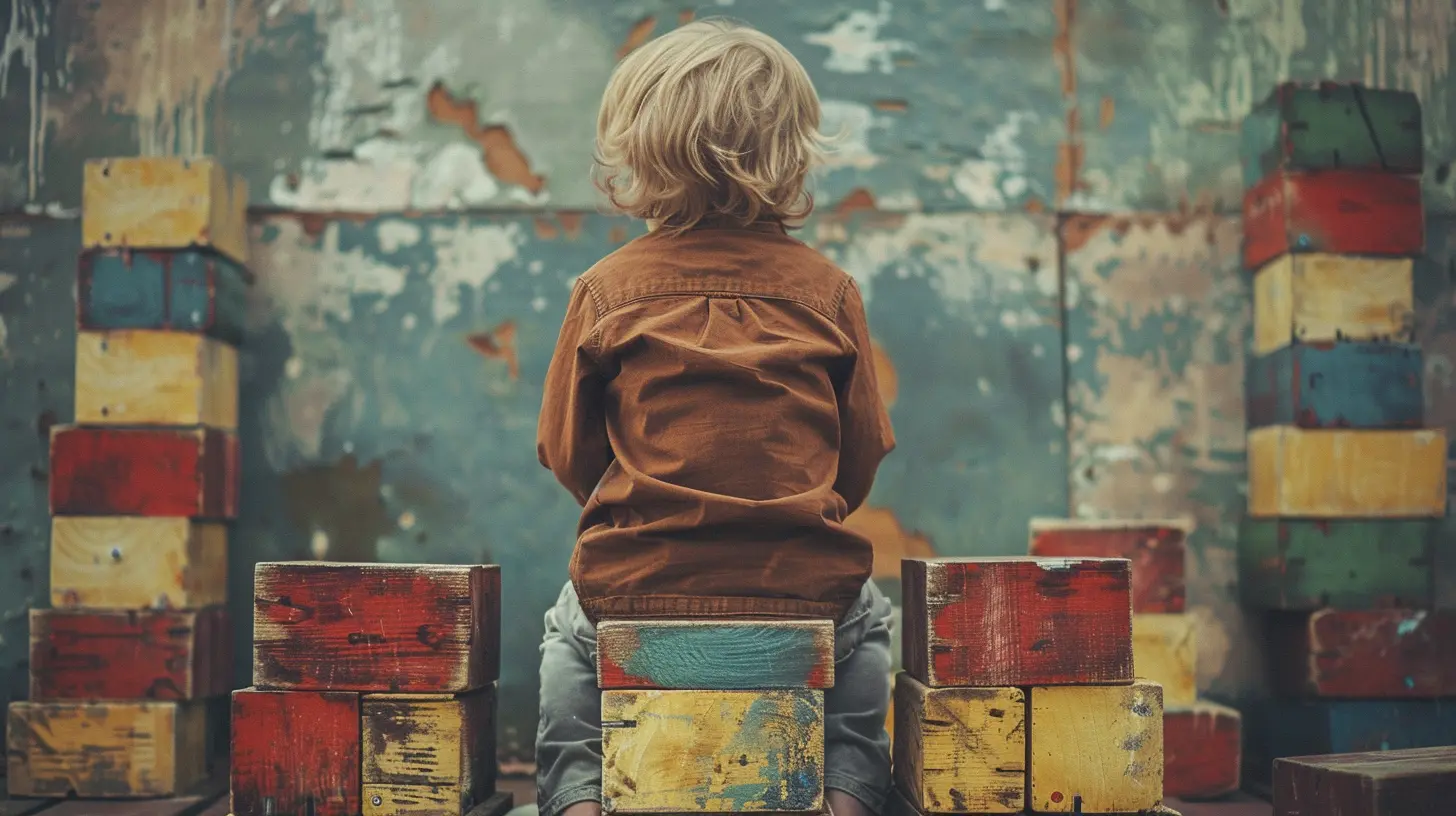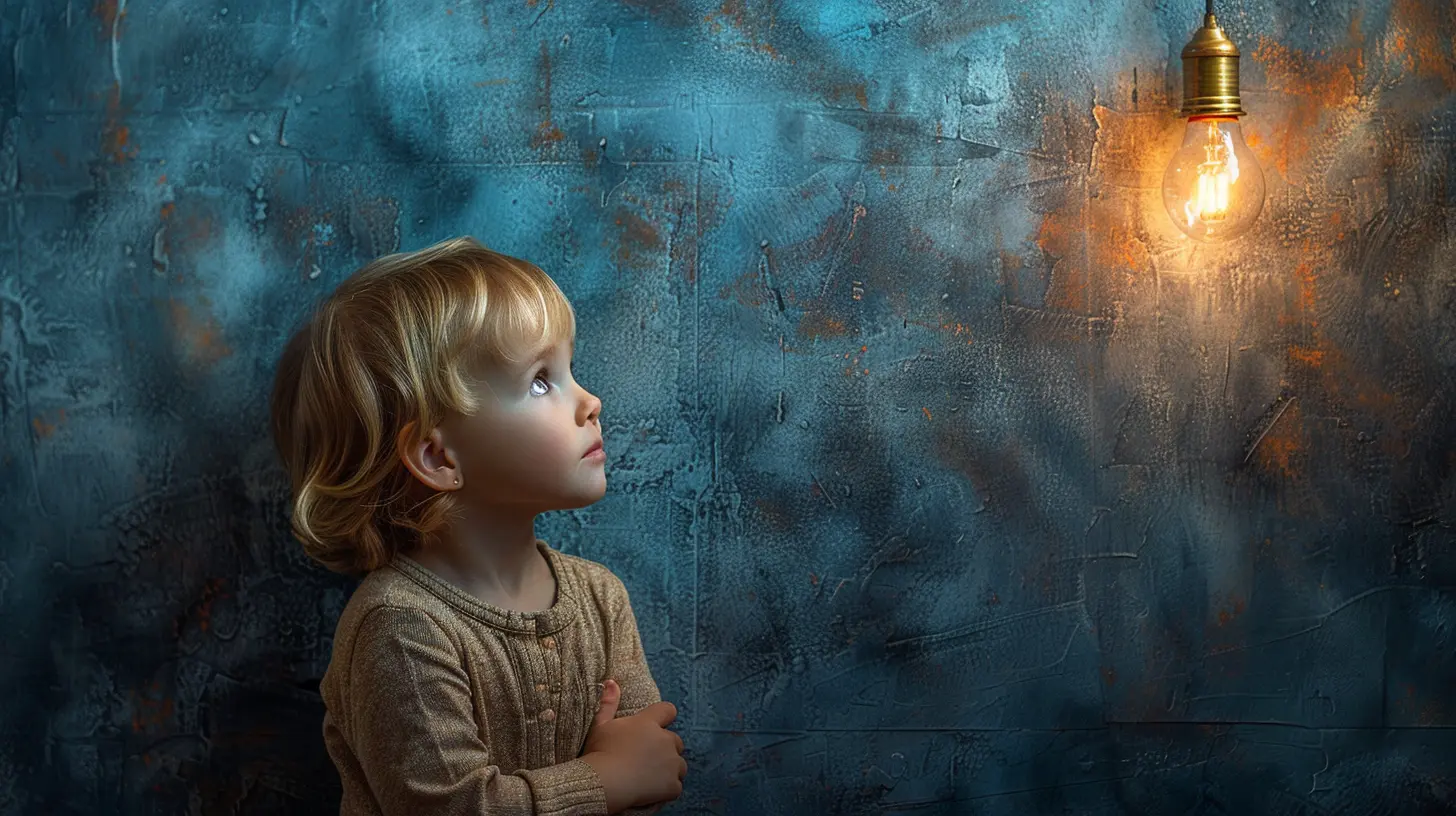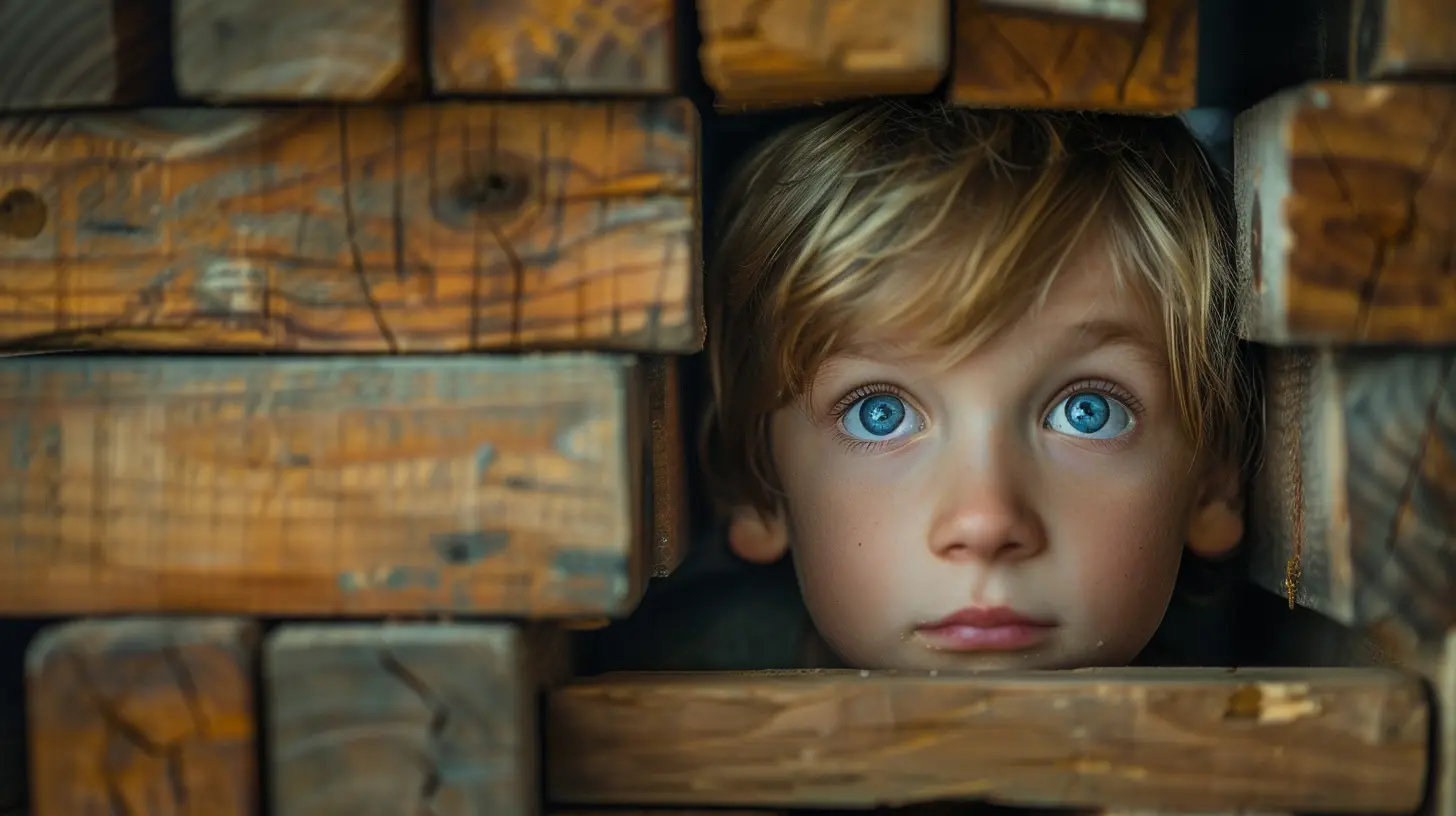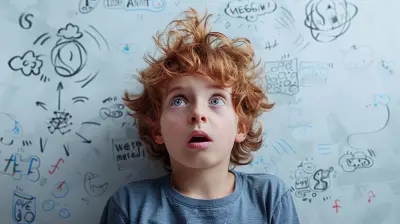Building Problem-Solving Skills in Toddlers and Preschoolers
28 August 2025
If you’ve ever watched a toddler figure out how to fit a square block into a round hole (and get mad when it doesn’t work), then you’ve seen the earliest signs of problem-solving in action. It may look like play, and honestly, it is—but it’s also a big part of how young children start learning to think critically, make decisions, and handle challenges.
In fact, those sticky moments when kids wrestle with puzzles, struggle to unzip their coats, or try to stack one more block on their wobbly tower? That’s where the magic is. That’s where problem-solving begins.
Let’s dive into how you can support and strengthen this essential skill in your toddler or preschooler—without turning it into some stiff academic drill. Because when it comes to early childhood development, play is powerful, curiosity is king, and mistakes are like gold.
Why Problem-Solving Skills Matter Early On
Think of problem-solving as one of the brain's superpowers. It helps kids:- Make decisions independently
- Think through obstacles logically
- Boost self-confidence
- Build patience and persistence
- Improve social and emotional skills
The earlier we encourage these skills, the more they become a natural part of how kids approach life’s little hiccups (and trust me, there are many more to come!).
What Problem-Solving Looks Like in Young Kids
Toddlers and preschoolers obviously aren’t writing up pros-and-cons lists. Their version of problem-solving is more hands-on and, let’s be honest, a little chaotic—but that’s totally normal. Here are a few common scenarios:- Figuring out how to share a toy with a sibling
- Deciding how to reach a cookie on a counter (yes, even that counts!)
- Solving a shape sorter game
- Negotiating who gets to go first in a game
- Asking for help when they can’t get their sock on
It’s messy. It’s trial and error. But every one of these moments helps shape how they’ll tackle bigger issues later on.
The Role of Parents and Caregivers: Your Job in All This
You don’t have to be a child development expert to support your kiddo’s problem-solving journey. You just have to pay attention and know when to step in—and more importantly, when not to.Here’s the thing: our first instinct is usually to help. We hate seeing our kids frustrated or stuck. But sometimes, when we jump in too quickly, we rob them of the chance to figure things out themselves.
Instead, be their guide—offer encouragement, ask questions, give space, and cheer them on whether they succeed or stumble.
Simple Everyday Activities That Build Problem-Solving Skills
The best part? You don’t need fancy toys or structured lessons to help your child develop these skills. Everyday life is full of natural learning opportunities.1. Open-Ended Play
Toys that don’t come with instructions (think blocks, dolls, play dough, pretend kitchens) prompt creativity and decision-making. There’s no “right” way to use them—just lots of chances to experiment and figure things out.Ask questions like:
- “What do you think would happen if you tried it this way?”
- “Hmm, that didn’t work—what else could you try?”
These questions nudge them to think critically.
2. Puzzles and Matching Games
Simple jigsaw puzzles, memory cards, or sorting games are great for logical thinking. They also teach patience and perseverance—because let’s face it, not all pieces fit on the first go.Pro tip: Start with easy puzzles and gradually introduce more complex ones as your child becomes more confident.
3. Story Time with a Twist
Reading books together? Awesome. Want to take it up a notch? Pause during the story and ask:- “What do you think is going to happen next?”
- “What would you have done if you were the character?”
You’re not only building comprehension but encouraging prediction, empathy, and strategic thinking.
4. Let Them Help with Daily Tasks
Cooking, folding laundry, tidying up—they’re all packed with opportunities to problem-solve. Let them figure out how to match socks, pour ingredients without spilling, or sort objects by size or color.It may take longer (okay, it definitely will), but the payoff is worth it.
5. Obstacle Challenges
Set up a mini obstacle course at home or in the yard and encourage your kid to figure out how to go over, under, or around different items. They’ll have a blast and be forced to think on their feet—literally.How to Talk to Kids About Problem-Solving
Your words matter. A lot. What you say and how you say it can fuel their confidence or deflate it.Here’s how to keep the conversation helpful and engaging:
Use Encouraging Phrases
- “You worked really hard to figure that out!”- “I love how you tried different ways!”
- “That was a tricky one, but you didn’t give up!”
Praise effort, not just success.
Ask Guiding Questions
Instead of giving answers, help them find their own:- “What could you try next?”
- “Why do you think that didn’t work?”
- “Can you think of another way to do it?”
This builds their ability to evaluate and adapt.
Don’t Rescue Too Quickly
This one’s tough—but important. Toddlers and preschoolers need space to struggle a bit. That’s how they develop grit.Let them wrestle with a challenge before stepping in. If they ask for help, go ahead and assist—but resist doing it for them unless absolutely necessary.
Think about it like this: if you tie their shoes every single time, will they ever learn to do it themselves?
Common Mistakes Parents Make (and How to Fix Them)
We’ve all been there. But here are a few traps to avoid:1. Solving Everything for Them
Yes, it’s faster. But it short-circuits their learning process. Instead, guide them subtly and let them try on their own first.2. Over-Praising or Over-Correcting
Saying “Good job!” for everything might sound harmless, but kids can become dependent on constant feedback. And too much correcting can be discouraging. Focus on effort and specific observations—“You kept trying different pieces until it fit!”3. Creating a Pressure Cooker
There’s no need to push formal learning or place unrealistic expectations on young kids. Let play lead the way.When and How to Step In
Let’s say your child is building a LEGO tower, and it keeps falling. You see the frustration mounting. What do you do?- Wait and watch. Give it a moment. Sometimes kids just need emotional space.
- Offer a hint if needed: “Maybe if you use the bigger blocks on the bottom?”
- Still need help? Step in gently and work together—don’t take over.
It’s about balance. A little help goes a long way, but too much stops the learning altogether.
Signs Your Child Is Developing Good Problem-Solving Skills
You might notice some awesome little milestones:- They try new strategies instead of giving up
- They ask thoughtful questions
- They can work out simple disagreements with peers
- They enjoy figuring things out on their own
- They use trial and error with less frustration
When you spot these, celebrate them! These aren’t just “cute kid moments”—they’re early signs of critical thinking in motion.
The Long-Term Benefits Are Huge
Kids who learn strong problem-solving skills early on tend to:- Be more resilient in school and life
- Have better relationships
- Handle stress and setbacks more effectively
- Think creatively and adapt easily
- Make confident, thoughtful decisions
This isn’t just about surviving preschool meltdowns—it’s about setting the foundation for lifelong success.
Your Takeaway: Support, Don’t Solve
At the end of the day, your role as a parent or caregiver isn’t to clear every hurdle. It’s to provide the tools, encouragement, and space for your toddler or preschooler to start jumping over them themselves—one wobbly leap at a time.Let them fail. Let them get frustrated. Let them solve tiny mysteries on their own. Because that’s how they build the brainpower and grit they’ll need for bigger challenges down the road.
Problem-solving isn’t just a skill—it’s a mindset. And the best time to start nurturing it? Right now.
all images in this post were generated using AI tools
Category:
Child DevelopmentAuthor:

Austin Wilcox
Discussion
rate this article
1 comments
Tank Ellison
Great insights! Encouraging problem-solving at an early age fosters independence and critical thinking in children. Thank you!
September 22, 2025 at 3:05 AM

Austin Wilcox
Thank you for your kind words! I'm glad you found the insights valuable. Fostering these skills early truly makes a difference!


